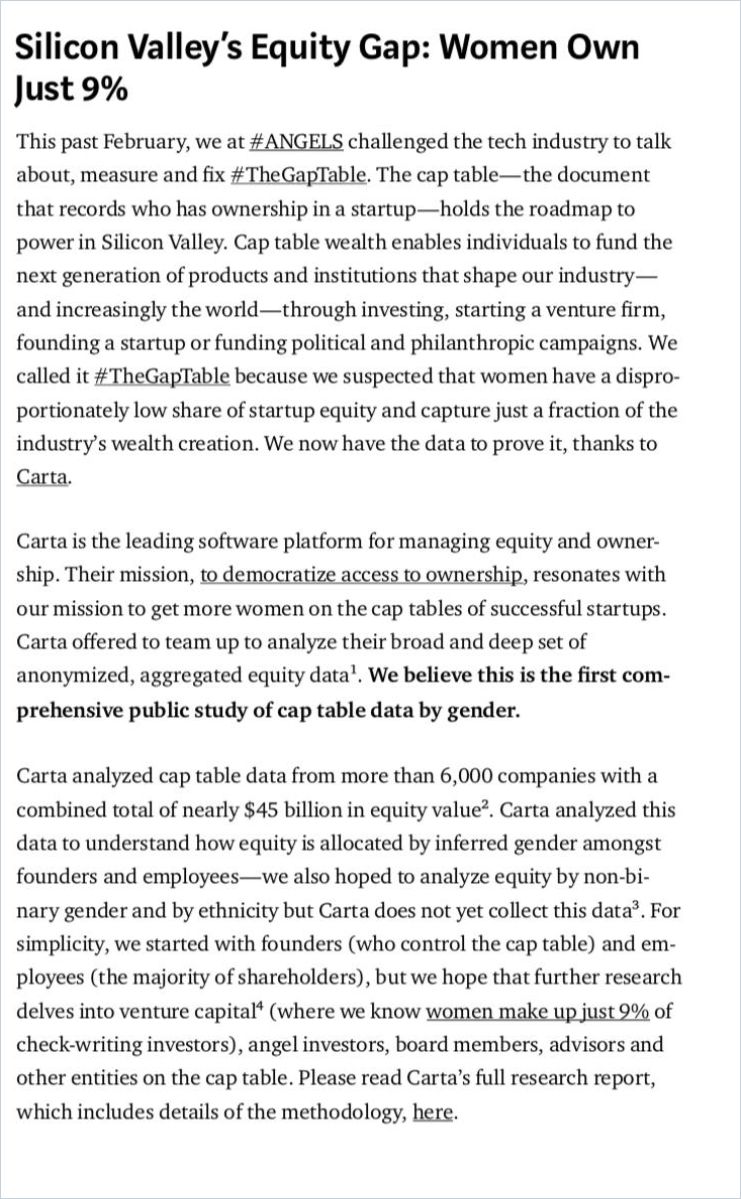Women in Tech Make Their Own Luck

Stereotypical conventional wisdom deems science, technology, engineering and math (STEM) are fields too brainy for women, and sexism in Silicon Valley is well-documented. But that doesn’t keep women from embarking on tech careers and succeeding spectacularly.
Despite Challenges, Tech Has Its Share of Women Mavericks
From the “mother of the software industry,” Rear Admiral Grace Hopper, who co-developed the computer programming language COBOL, to Facebook COO Sheryl Sandberg, women helped evolve the modern tech sector all along. Former Chief Talent Officer at Netflix Patty McCord famously architected that company’s culture including the concept of “radical honesty” among members of creative teams. It’s a well-worn blueprint for other Silicon Valley ventures looking to stay agile in a fast-paced market. Susan Wojcicki joined Google early, working in marketing. She is now CEO of YouTube. Her sister, Anne Wojcicki, is co-founder and CEO of biotech firm 23andMe.

Unfortunately, the field still presents barriers for women. The percentage of women earning computer science degrees fell dramatically since the 1980s, from 37% in 1984 to 18% currently, primarily due to the gender-based obstacles women encounter every step of the way. This is despite increased demand.
Women in Leadership Creates More Opportunity for Women
Sheryl Sandberg demonstrates that women in leadership are the best insurance for future leadership roles for women. Providing support for women as they advance in their careers is a primary goal of her Lean In nonprofit. In an article for The New York Times on the myth of the Catty Woman, Sandberg lays out the ways in which women are damned if they do and damned if they don’t, but concludes it’s in women’s best interest to help other women at work.

Sukhinder Singh Cassidy was a tech executive with Google and Amazon before becoming StubHub president. She agrees lasting change – and the quickest change – comes from the top. Cassidy emphasizes that her experience within the tech industry has been positive, but she founded theBoardlist, “a LinkedIn for boards,” to connect qualified women to corporate leaders looking to diversify their boards and combat gender underrepresentation.

If you want to modernize the boardroom, you need to modernize who’s in the boardroom.
Sukhinder Singh Cassidy
Boards that reflect diversity correlate with better corporate performance by several metrics including higher stock valuations and a happier workforce. Women often underestimate the value they might bring to a board. If serving on a board is of interest, women can get experience serving on a nonprofit or a private board.
Show Women the Money
But even women who’ve attained success in their tech careers often find themselves shut out of opportunity. Although women hold a third of positions in Silicon Valley companies, they share in only 9% of the equity they help to create.

Companies founded by women routinely receive lower valuations and less funding than male-founded companies. Most often women miss out on opportunity because they aren’t included in leadership positions.
Women are vastly underrepresented in venture capital, and investors tend to invest within their networks and in people who look like them.
#Angels
Victoria Montgomery Brown details her journey as a tech entrepreneur in Digital Goddess, starting the online media outlet Big Think. She recounts finding investors, who were white and male, noting the questions they asked her focused on the risks of her venture, whereas the questions investors usually ask male entrepreneurs focus on potential. She credits her Harvard degree for why investors took her seriously to begin with.

And yet, according to Brian S. Cohen and John Kador in their book What Every Angel Investor Wants You To Know, when women are in leadership roles at start-ups, the data show those companies are more likely to go public and be profitable. In short, start-ups with women in the lead are good bets. Boston Consulting Group concurs in its report Why Women-Owned Startups Are A Better Bet, pointing out that women-led start-ups return double the revenue of male-led start-ups per investment dollar.

A lack of diversity in start-up companies makes those ventures vulnerable in unforeseen ways. For instance, in a recent #getTogether interview, Kathryn Finney, founder and CEO of Digital Undivided, an incubator that supports Black and Latinx women through the start-up process, recalled the problems and lost market opportunity a company that makes movement-activated water faucets had because their product wouldn’t work for people with dark skin. This is a problem they could have solved had they included people of color on their development team.
Though funding for “deep tech” is soaring, women – already struggling for inclusion in R&D ecosystems – may be left even further behind.
Women Build Support for Their Own Start-Ups
Women are tired of chipping away for crumbs inside established bureaucracies that don’t like to change. So, despite the difficulties, more women are starting their own companies. They in turn hire more women. Authors Heather Cabot and Samantha Walravens survey the landscape for women-owned tech start-ups in Geek Girl Rising. Debbie Sterling founded GoldieBlox, a STEM-focused construction set for girls. Sterling crowdfunded her first kit on Kickstarter. Michelle Phan parlayed an early YouTube vlog into a cosmetics empire, bankrolling her start-up Ipsy, which is an online makeup subscription service worth over $500 million. Now she runs her own studio and helps other creators produce projects for YouTube.

The fastest route to success is never traditional, and…the conventions we grow up with can be hacked.
Shane Snow
For most women, seed money is harder to come by. Black Girls Code founder Kimberly Bryant, determined to create tech opportunity for her daughter and other young black women, cashed in her 401(k) to invest in her nonprofit.

Comic book creator Anni Chen took proceeds from her hit comic book series The 1 Percent Life and used them to start Kuaikan Manhua in 2014, a digital forum for comics and animation in China. Now her franchise is well on its way to rivaling Marvel.

Kuaikan Manhua has attracted more than $200 million in investment, a bet on China finally stepping out from the shadows of Japanese and American entertainment.
OZY
Recruit More Women for a Competitive Edge
According to Boston Consulting Group, “all companies will soon be tech companies.”

Their report offers tips for recruiting and retaining talented women including:
- Offer schedule flexibility.
- Make sure that women in leadership positions at digital companies are visible.
- Utilize software to eliminate unconscious bias when choosing new hires and when evaluating employees for promotion.
If you’re a woman interested in a tech career, consider your network resources.

That’s exactly what tech writer Rachel Sklar did when she noticed how few women there were at the tech conferences she attended. She started theLi.st, an online community for women in tech, which she sold in November 2020 to Ann Shoket’s New Power Media.








